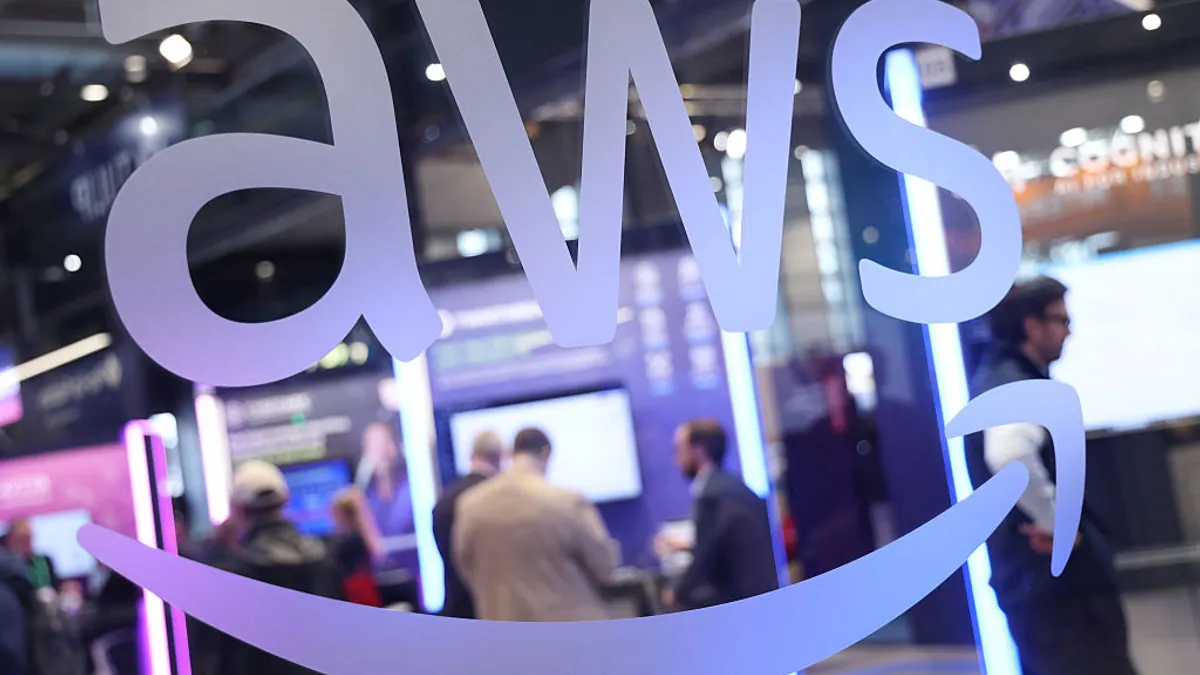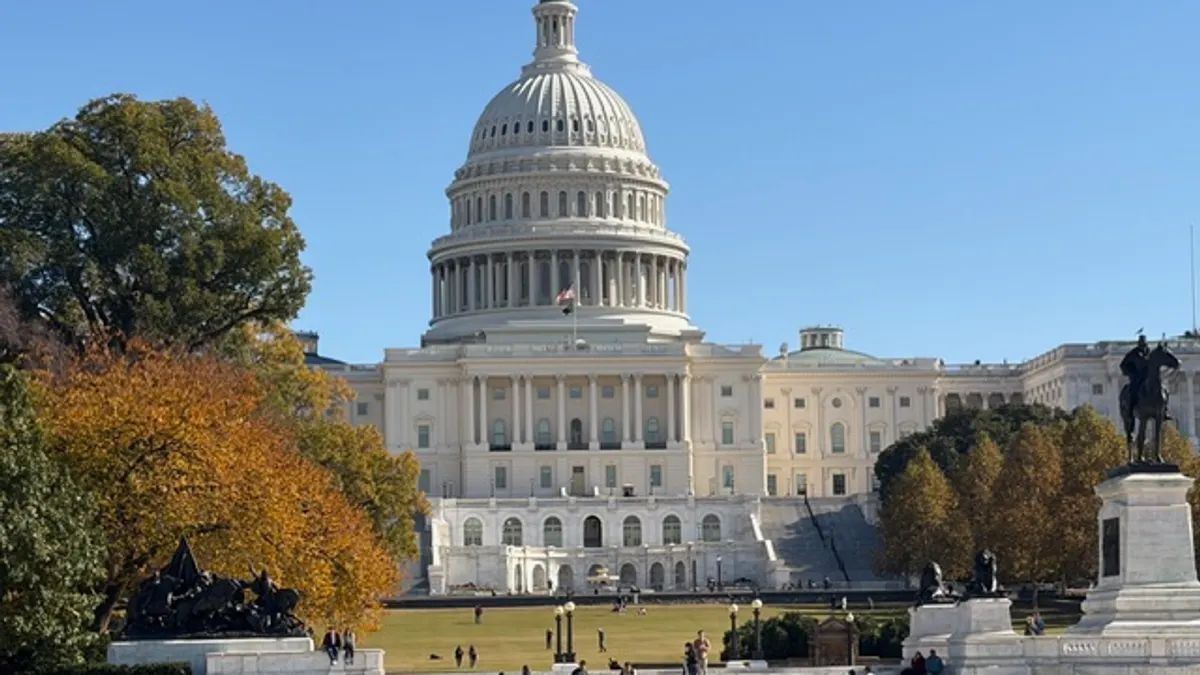Interest in cryptocurrency, most notably stablecoins, has grown over the past year as the Trump administration continues to make efforts to bring crypto firms into the mainstream financial fold. CFOs, however, are still faced with outstanding questions about the potential use cases — and possible drawbacks — of stablecoins, digital assets with their value tied to another asset, typically a fiat currency.
For finance chiefs to have a transparent view of what stablecoins can do and how they can fit into one’s business, they need to think about the assets in a different way, said Clare Adelgren, global head of blockchain sales and operations for Big Four firm Ernst & Young.
“If I was a CFO, I think you sort of have to turn [stablecoins] a little on its head,” and consider them from the perspective of a technologist — where they can be viewed, ultimately, as a “re-design” of the payment rails, Adelgren said.
The watershed moment
Interest in stablecoin among corporations and financial institutions has spiked since July, when President Trump signed the GENIUS ACT into law. The passage of the act was a “watershed moment” for the space, representing the first legislation to focus on stablecoins and to lay out the requirements for their issuance, Adelgren said — paving the way for broader adoption.
“One of the things that's changing right now is there are a lot of very mature businesses coming into the space, and their expectations and the way they set themselves up for success is different than maybe just three or four years ago,” she said. “So it's for that reason I think you're going to see a slightly different foundation going forward.”
Since the act’s signing, the number of companies experimenting with stablecoins has risen. Asset manager BlackRock, for example, recently re-tooled one of its money market funds to serve stablecoin issuers, while payment processor Stripe has applied for a national bank charter form the Office of the Comptroller of the Currency under the terms of the GENIUS Act, according to reports by DeCrypt.
A survey fielded by EY Parthenon in mid-June, after the Senate approved the GENIUS Act but prior to its passage by the House, found 13% of financial institutions and corporations reporting they were using stablecoins — while 54% of “non-users” said they expect to adopt them within the next six to 12 months.
Additionally, the majority of global respondents believe between 5% to 10% of cross-border payments will be made using stablecoins by 2030, representing between $2.1 trillion to $4.2 trillion in transactions, the survey of 350 executives found.
A “technologist at heart,” Adelgren’s career has focused on enabling large-scale enterprises to capitalize on new technologies, she said. Prior to joining EY in July 2022, Adelgren served as in a number of key executive positions across a more than two-decade career at technology giant IBM, according to her LinkedIn profile.
Making stablecoins ‘consumable’
In looking at stablecoins as a payment alternative, “this is really about reimagining and redesigning the settlement rails, so it is going to touch on everything payments related,” she said of the digital assets. For CFOs, however, the question of making space for those assets, fundamentally, is one of strategy, she said.
“The real prioritization for a CFO is going to be driven by the strategic direction of their business today,” she said of technology integrations. “Where are my pressure points coming from?”
Finance chiefs are examining how stablecoins can ease the strain in areas like cross-border payments, for example, which has emerged as a key use case for the assets. EY’s survey found that of those who are utilizing stablecoins currently, 41% “reported cost savings of at least 10%, primarily in B2B cross-border payments.”
After establishing use cases, however, the other thing CFOs and their fellows in the C-suite need to “think about is, how easy is it going to be for me to implement?” Adelgren said. When it comes to the adoption of stablecoins, “ease of absorption,” or how seamlessly it can be integrated into the business, is going to be critical, she said.
From the perspective of finance chiefs, “I want to be able to run my business, and I want to be able to work with my banks, and so [stablecoins] should be something that is made available, and it should be consumable,” she said. In other words, the onus remains on banks and financial partners to craft the infrastructure necessary for stablecoin payments to run.
For Adelgren’s part, she doesn’t see stablecoin payment infrastructure as something that is going to replace the established payment rails already utilized by global businesses. Rather, “stablecoins are “going to sit in parallel, and it's going to be super important to have harmony between those two,” she said.



















